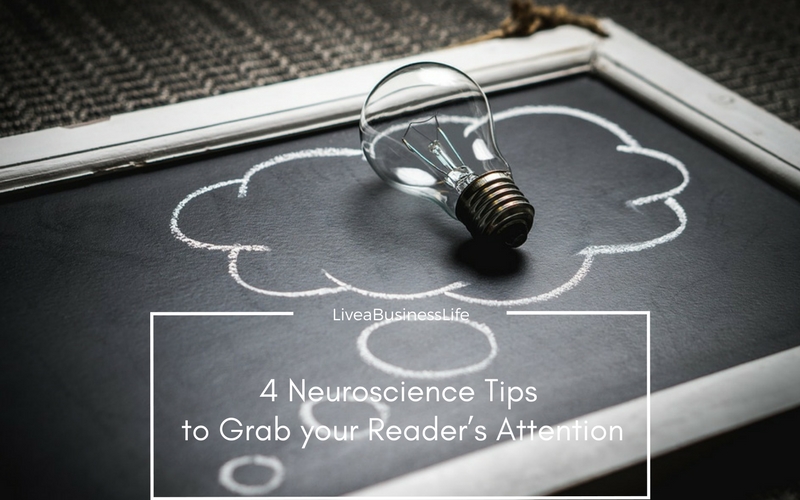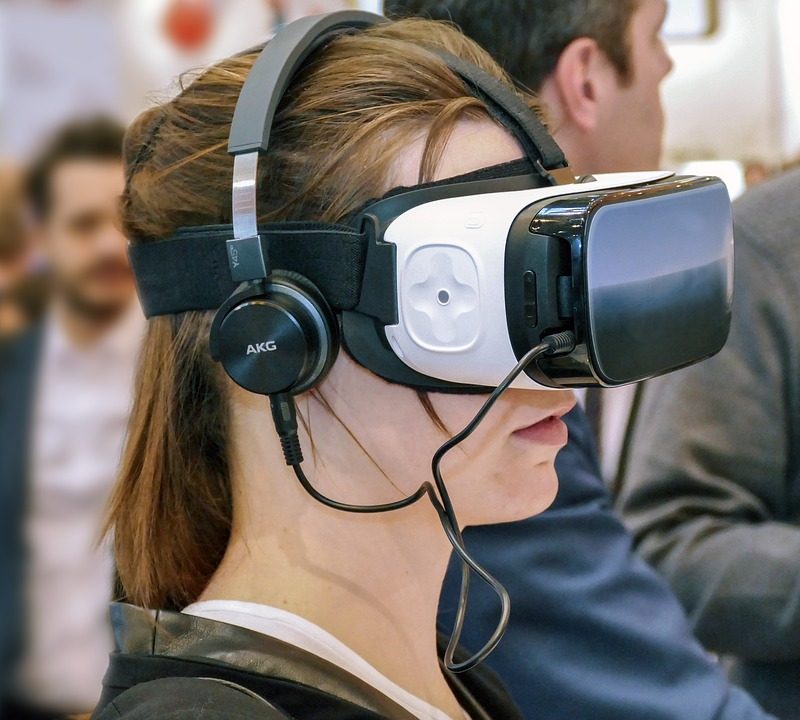
4 Neuroscience Tips to Grab your Reader’s Attention
April 16, 2017
Brands use virtual reality to garner positive consumer sentiments from their marketing efforts. From an awesome 360 degree 2016 Dodge Challenger Scat Pack test drive to Coca Cola’s brand new Santa Claus experience using Oculus Rift, virtual reality is taking user experience to an inconceivable level. But how could brands be sure of the popular acceptance of this new technology? And to what demographic market section should it be addressed most?
Research from Touchstone Research and Greenlight VR demonstrates that while the experience of VR could be interesting for all demographic groups (64% of the Baby boomers in the sample were positive towards VR and about half were interested in it), it is most appealing to Millennials and Generation Z, with 71% of Generation Z and 58% of Millennials describing VR technology as “cool/fun/awesome”. It is stated that the “potential of this technology with Millennials is great and they are likely to be key in the initial adoption of virtual reality”.
Five percent of the sample (N= 114) had previous experience with Google Cardboard headsets. They were asked how they would feel about a brand if they received a Google Cardboard as part of the brand’s marketing activities, and most respondents commented positively (with the exception of 1%) “with 23% specifically saying that it would make them feel ‘good/great’ and 19% that they would feel more positively towards the brand”.

65% of the respondents stated that price is extremely important in their decision for buying a VR device, and 52% mentioned some sort of apprehension concerning the new technology. Health issues were the most frequently discussed concerns (23%), and 11% of the concerns were related to “losing touch with the real world”. Furthermore, 20% said getting “dizzy/sick” and 16% said being “afraid of getting injured” was a “very big concern” that would impact their decision to buy one of the new devices.
Despite their interest in buying a VR device, most consumers had not decided on any platform (they had more than one preferences) or brand (20% said they are interested in a brand and even among this group they were interested in more than one brand).
Check out the infographic for more information.
About the research: The Virtual Reality Consumer Sentiment Survey was conducted by Touchstone Research and Greenlight VR on 2000 participants. 22% of the sample had previous experience with VR.



